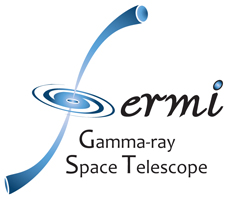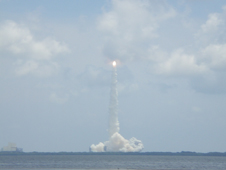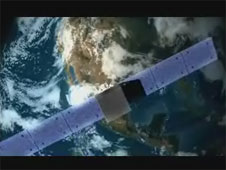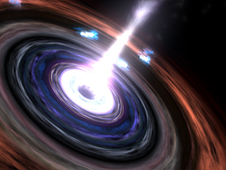Link provided for viewing GLAST's position in orbit in order to view it in the night sky.
Fermi Mission Coverage
Features
See Where GLAST is Flying in Orbit On-Line
GLAST Team Fine-Tuning Instrument and Operations
One of the priorities of the GLAST Burst Monitor science team has been to validate burst location information provided by the telescope.
GLAST Mission Operations at NASA Goddard Powered Up
Several bases of operations for NASA's Gamma-ray Large Area Space Telescope (GLAST) are gearing up for data from the recently launched satellite.
Background Features
-

History of Cosmic Discovery: Opening New Windows
An old saying goes: Those who don’t remember the past are condemned to repeat it. But research astronomers are quite content to repeat the history of their field, and for good reason.
-

A Timeline of Gamma-Ray Astronomy
Learn more about the timeline of Gamma-Ray Astronomy.
Fermi Multimedia
-

GLAST Blog by Steven Ritz - GLAST Project Scientist →
Follow the early mission progress with this blog by Steve and his colleagues from around the world!
-

GLAST Launches Into Space
The GLAST mission begins with a thunderous liftoff.
› View This Video -

Mission to the Universe
Go behind the scenes as a Delta II rocket prepares to launch the GLAST spacecraft.
› Learn More
› View Webcast
-

Prepare to Launch!
Follow the Delta II rocket and GLAST spacecraft during preparations for liftoff.
› View Image Gallery
› View Video
-

Test Your Knowledge
Find out if you've got the right stuff to plot the course for future space missions.
› Take the Quiz
-

GLAST Music Video
› View Now -

Launching GLAST
Fourth in a series of GLAST vodcasts. This video describes what it will be like to launch GLAST.
› View This Video



 Logo for the Fermi Gamma-ray Space Telescope. Credit: NASA/Sonoma State University/Aurore Simonnet
Logo for the Fermi Gamma-ray Space Telescope. Credit: NASA/Sonoma State University/Aurore Simonnet

